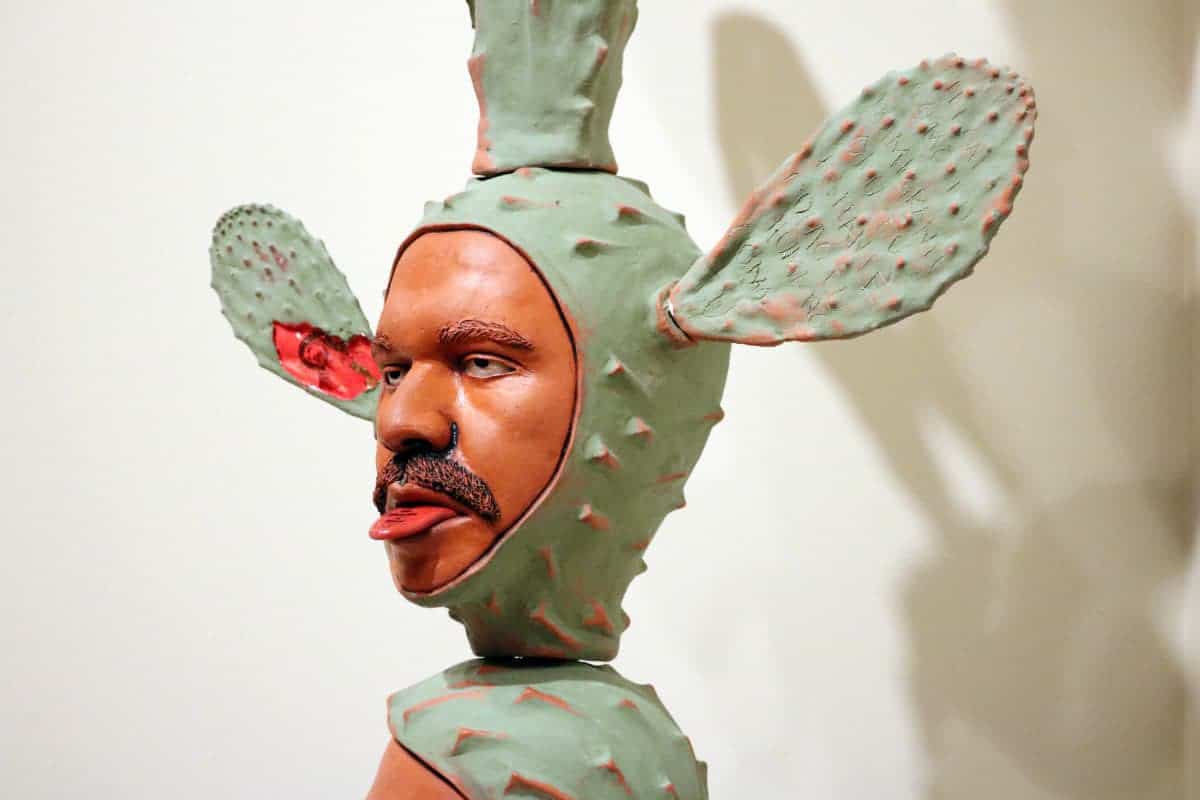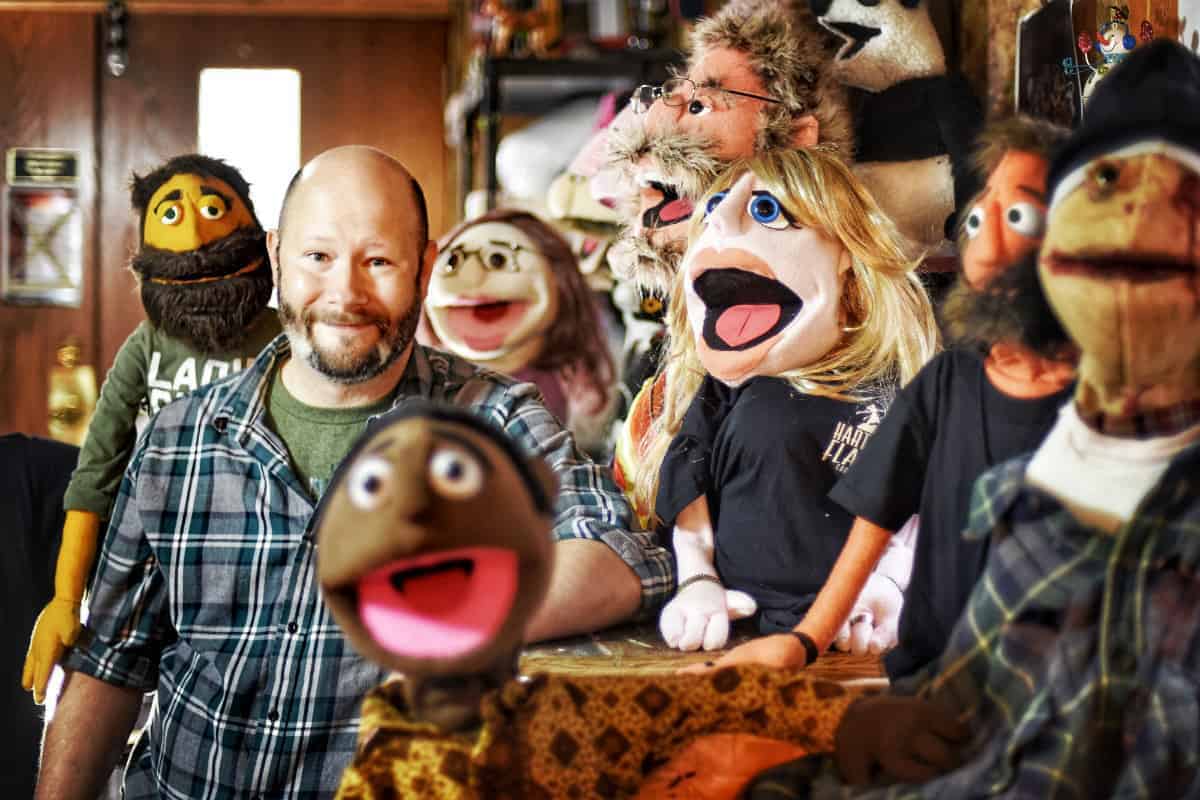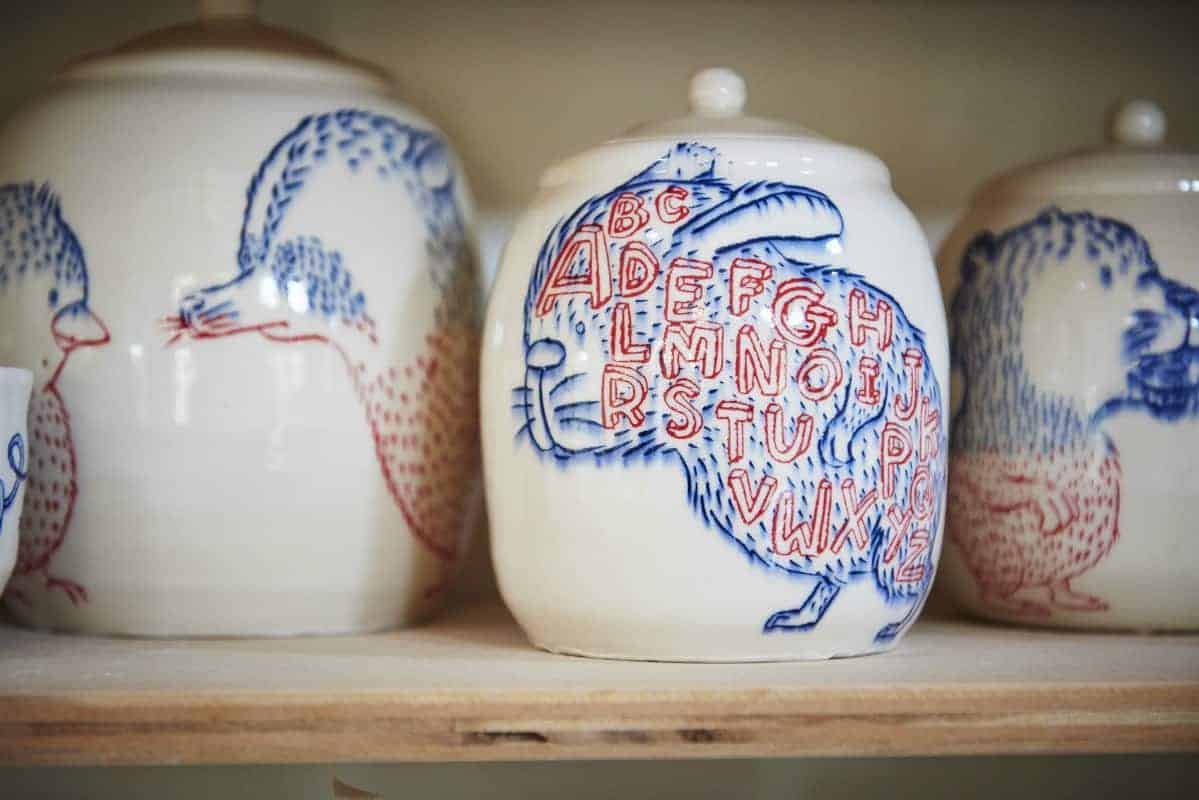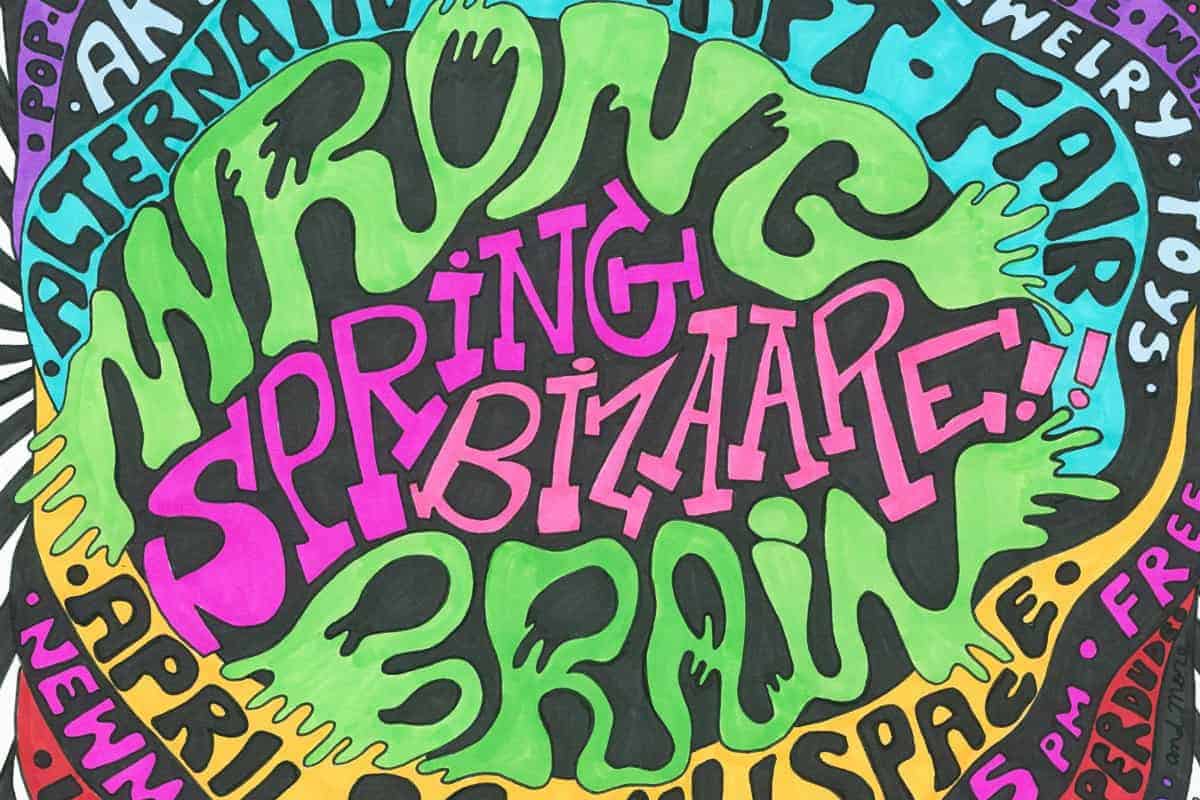Raised in Mexico, Boston artist Salvador Jiménez-Flores explores migration, colonialism, and living between two worlds.
Interdisciplinary artist Salvador Jiménez-Flores is a wanderer caught between two worlds. Raised in a rural town in Jalisco, Mexico, and later immigrating to the United States, Jiménez-Flores makes art that pulls at the consciousness of migration, colonialism, and notions of “the other.” “I have learned to adapt and live in these two worlds,” he says, “but adapting involves expanding and losing part of who I am. I will never be fully ‘American,’ and I am not entirely Mexican anymore. I am too pocho to my paisanos; like a foreigner, I do not have a motherland.”
You note that by being bicultural and bilingual, you live concurrently in two different worlds, and are a foreigner in both. How do these worlds intersect, and in what ways do you feel the divide?
There is a popular phrase in Spanish: “¡Pobre México! ¡Tan lejos de Dios y tan cerca de los Estados Unidos!” This phrase refers to the curse of Mexico for its geographic proximity to the United States. The United States and the media have created the perception that anything south of the U.S. border is substandard, or what some people call “America’s backyard,” referring to traditional areas of dominance in Latin America. These notions have inflicted generational traumas upon Latinos, and we often end up believing these impressions, feeling inferior to U.S. citizens. Many U.S. citizens, or “Americans,” also believe that they are superior to Latinos and other minority groups. As a new immigrant, I experienced the feelings of second-class citizenship and accepted a position of inferiority. It was through education and art that I realized that these are socially constructed impressions, which I have overcome.
By moving between rasquache art and high art, what narratives do you feel you are able to tell in one form or another?
Rasquache in Spanish means “leftover” or “of no value.” Rasquachismo, or rasquache art, describes an attitude or lifestyle of the underdog that uses assemblage or found object techniques in sculpture. As an artist, I feel that I am constantly improvising and problem solving. As a consequence, I am interested in the rasquache aesthetics of working with what is around and to what kind of facilities or space I have access to make art. High art, on the other hand, is more about the conventional way we validate art through the context of the white cube. By going between these two aesthetics, I hope my work is more relatable to museums and collectors,
as well as the immigrant farmer who can relate to my stories. In my view, neither is less or more.
Tell us about your development of rasquache-futuristic aesthetics in your work.
Through mainstream media and in most sci-fi content, the future is generally imagined as white. People of color have been erased from the future altogether. My latest research is about exploring and developing a rasquache-futuristic aesthetic in my artwork through which I could articulate pre-Columbian, colonial, and postcolonial histories. This would allow me to imagine and create a future in which the protagonist looks like me and understands me, and others can relate as well. I want to take risks and work with new media that will foster my community-based work, and make rasquache-futurism a reality. The act of resistance starts when we fight against those who try to stop us from being what we can become. Through art, I seek to resist the labels placed on me and other people of color by reimagining what an alternative future could look like.
As artist-in-residence for the city of Boston, have you experienced any key moments that have shaped your work? What have your goals been as an artist and a teacher?
My art practice is driven by community engagement, social justice, and accessibility in the arts. I believe strongly in the value of creativity and how it improves our life experiences. It is my personal goal to empower and raise questions through art to cultivate conversations about the issues that affect our communities. The Boston AIR has been a great reminder of the importance of working with youth, playing the role of an educator, and bringing creativity and art to where it’s needed.
This residency has been a great opportunity for my artistic growth. I am taking risks and trying new ideas; most importantly, this has been a win-win situation for everyone in the Boston Centers for Youth & Families organization, Josiah Quincy School, and me. Coming into this residency, I knew that key characteristics to being successful in this project were patience and flexibility. The first step was to learn more about the community and see what is already available there, ask questions about what is needed, and then try to use art as a connector to create awareness and develop actions.
Salvador Jiménez-Flores–artist
Boston, Massachusetts
Website
Top image: Salvador Jiménez-Flores, The Resistance of the Hybrid Cacti, detail, 2017, terra cotta. Photo by Salvador Jiménez-Flores










